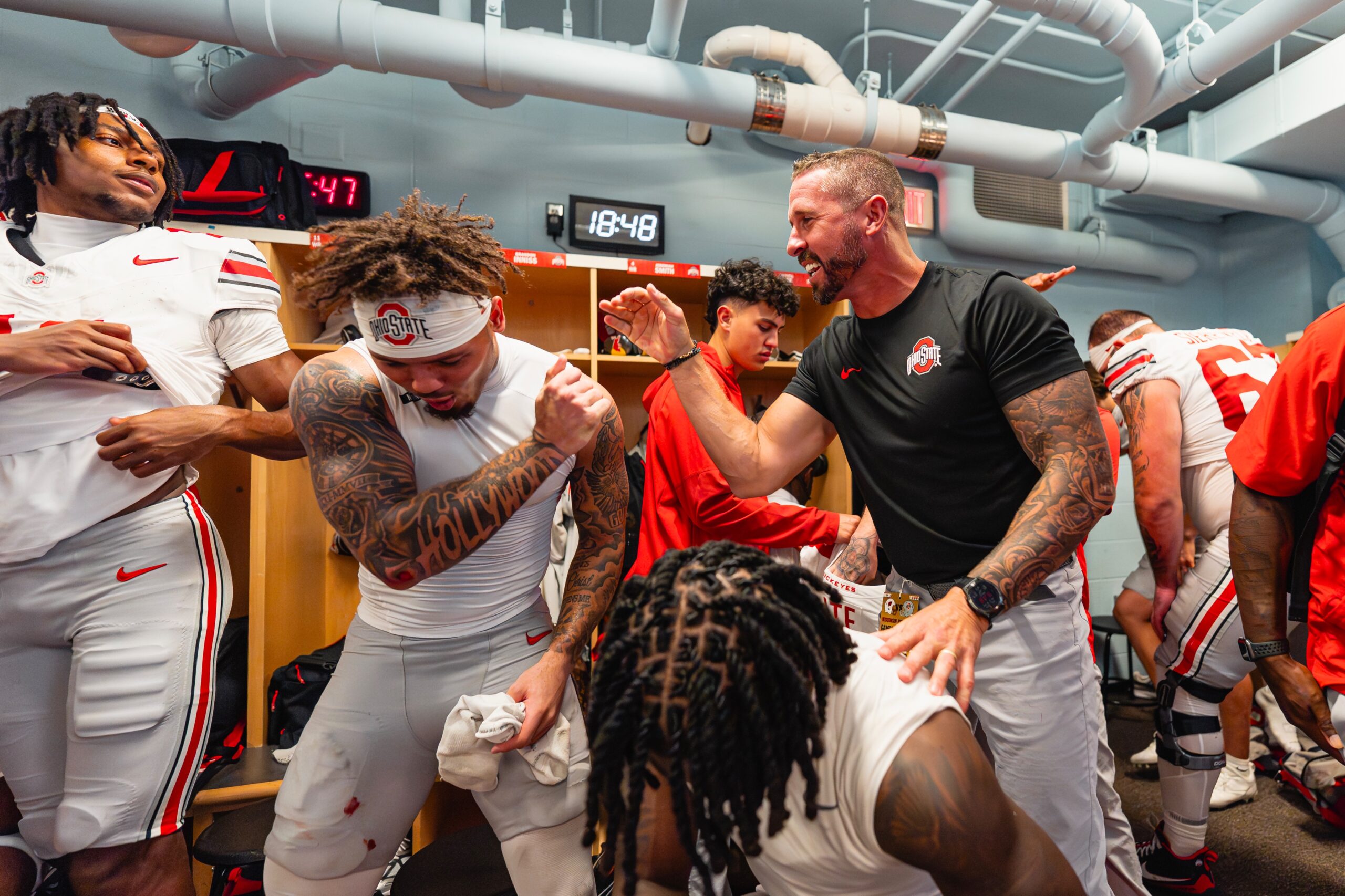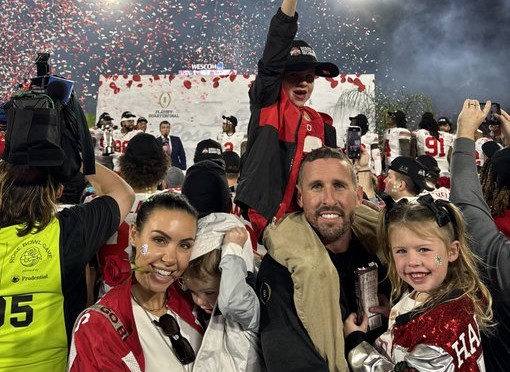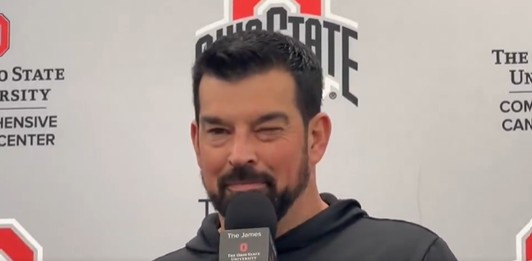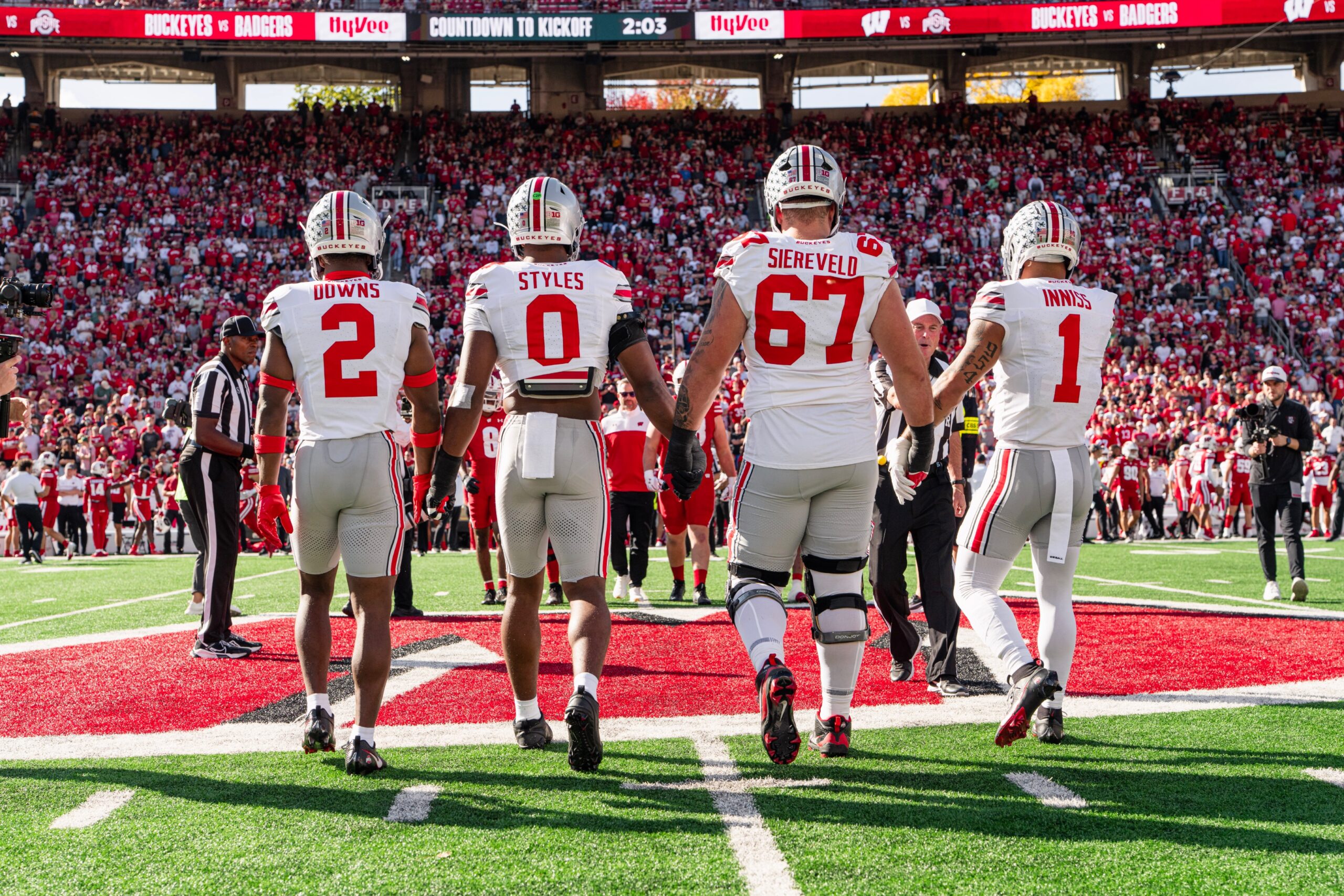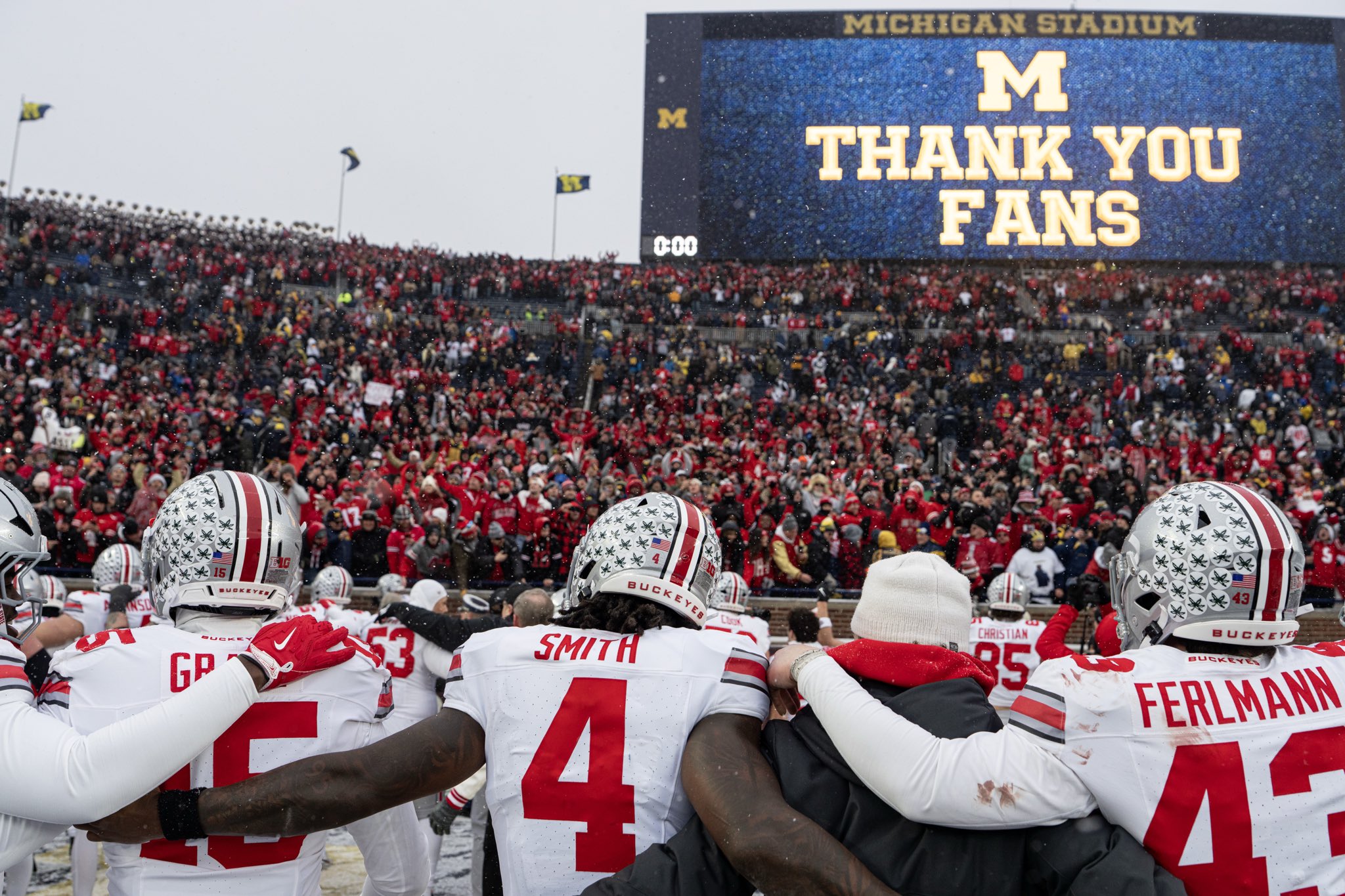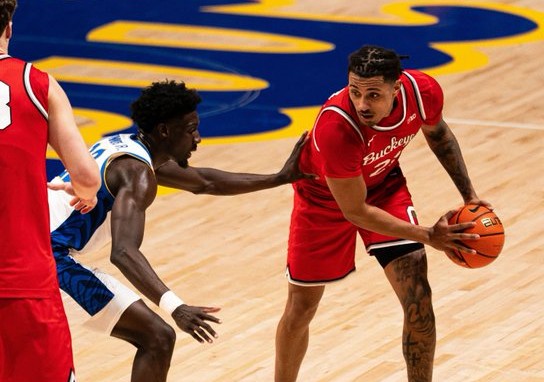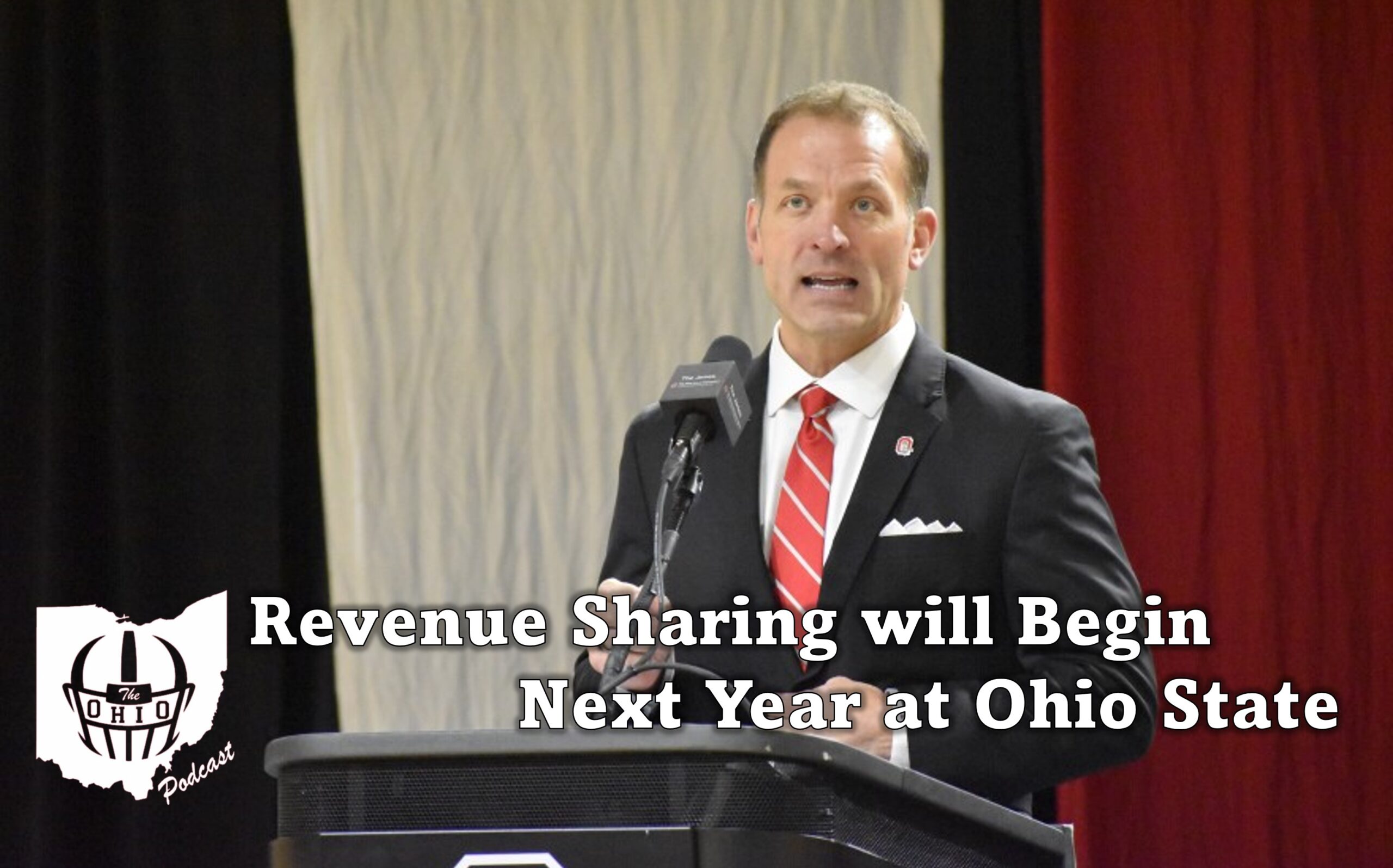
If a federal judge approves a settlement in three antitrust cases against the NCAA, colleges and universities will start sharing revenue with their athletes next year.
Ross Bjork, the incoming athletic director at Ohio State, told The Columbus Dispatch that the school is preparing for this change.
“We are currently working on the plan,” Bjork said.
Ohio State, like other schools across the country, will be able to share millions of dollars from their media deals, sponsorships, and ticket sales.
Starting in fall 2025, athletes will receive direct payments, capped at 22% of the average conference school’s primary revenues. Ohio State plans to share the full 22%, amounting to about $22 million in 2025, with increases each year, according to Bjork.
“We know the percentage, the rough calculations, and the escalators. That’s about all we know now,” he said.
Ohio State’s football and men’s basketball programs generate more revenue than they spend, while 34 other sports spend more than they make. The athletic department is figuring out how to distribute revenue to over 1,000 athletes in 36 varsity programs.
Bjork believes Title IX will be a key factor. After consulting with Ohio State’s legal team, he expects payments to male and female athletes must be proportional to the school’s enrollment. In the 2023-24 academic year, Ohio State’s enrollment was 52% female and 48% male.
“We are committed to Title IX,” Bjork said. “It’s the right thing and also federal law.”
How the payments will be distributed is still undecided, but Bjork does not expect them to be evenly divided among athletes. Some sports, like football and men’s basketball, will receive more funding. Sports such as women’s basketball, women’s volleyball, and wrestling, which generate more revenue than some other sports but still spend more than they make, might also get special consideration.
“There will be tough decisions,” Bjork admitted, “because it’s a recalibration of the model.”



